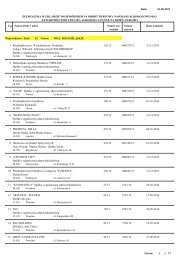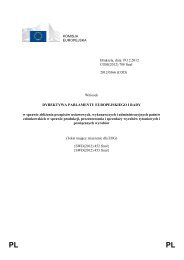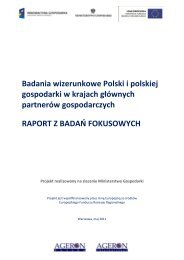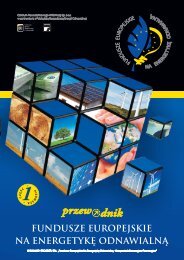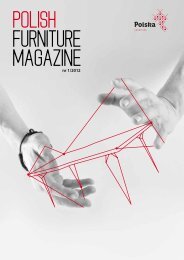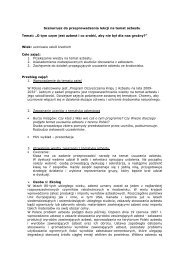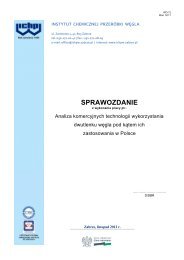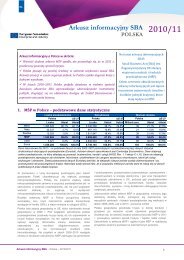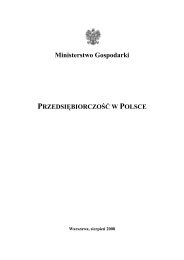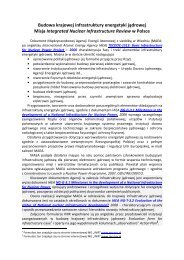Zielona księga w sprawie partnerstw publiczno-prywatnych i prawa ...
Zielona księga w sprawie partnerstw publiczno-prywatnych i prawa ...
Zielona księga w sprawie partnerstw publiczno-prywatnych i prawa ...
You also want an ePaper? Increase the reach of your titles
YUMPU automatically turns print PDFs into web optimized ePapers that Google loves.
1.3. Specific aim and plan of this Green Paper<br />
17. The aim of this Green Paper is to launch a debate on the application of<br />
Community law on public contracts and concessions to the PPP phenomenon. Once<br />
underway such a debate will concentrate on the rules that should be applied when taking<br />
a decision to entrust a mission or task to a third party. This takes place downstream of<br />
the economic and organisational choice made by a local or national authority, and can in<br />
no way be perceived as attempting to make a value judgement regarding the decision to<br />
externalise the management of public services or not; this decision remains squarely<br />
within the competence of public authorities. Indeed, Community law on public contracts<br />
and concessions is neutral as regards the choice exercised by Member States to provide<br />
a public service the selves or to entrust it to a third party.<br />
18. Put more clearly, this Green Paper aims to show the extent to which<br />
Community rules apply to the phase of selection of the private partner and to the<br />
subsequent phase, with a view to identifying any uncertainties, and to analyse the<br />
extent to which the Community framework is suited to the imperatives and specific<br />
characteristics of PPPs. Avenues of consideration for possible Community<br />
intervention will be outlined. Since the aim of this Green Paper is to launch a<br />
consultation, no option for Community intervention has been decided on in<br />
advance. Indeed, a wide variety of instruments are available to make PPPs more<br />
open to competition in a transparent legal environment, i.e. legislative instruments,<br />
interpretative Communications, actions to improve the coordination of national<br />
practice or the exchange of good practice between Member States.<br />
19. Thus, while this Paper focuses on issues covered by the law on public<br />
contracts and concessions, it should be noted that the Commission has already<br />
adopted measures, in certain fields, designed to remove barriers to PPPs. Thus,<br />
there has already been clarification of the rules on the treatment in the national<br />
accounts of contracts entered in to by public entities under partnerships with<br />
private entities 20 . Note also that the adoption of the statute for a European<br />
company will facilitate trans-European PPPs 21 .<br />
20. As part of the analysis of this Green Paper, it is proposed to make a distinction<br />
between:<br />
PPPs of a purely contractual nature, in which the partnership between the<br />
public and the private sector is based solely on contractual links, and<br />
PPPs of an institutional nature, involving cooperation between the public and<br />
the private sector within a distinct entity.<br />
This distinction is based on the observation that the diversity of PPP practices<br />
encountered in the Member States can be traced to two major models. Each of<br />
these raise specific questions regarding the application of Community law on<br />
public contracts and concessions, and merit separate study, as undertaken in the<br />
following chapters 22 .<br />
20 See above, footnote 3.<br />
21 Council Regulation (EC) No 2157/2001, 8 October 2001.<br />
22 the distinction thus made does not take account of the legal interpretations made under national law<br />
and in no way prejudges the interpretation in Community law of these types of set-ups or contracts.<br />
42



